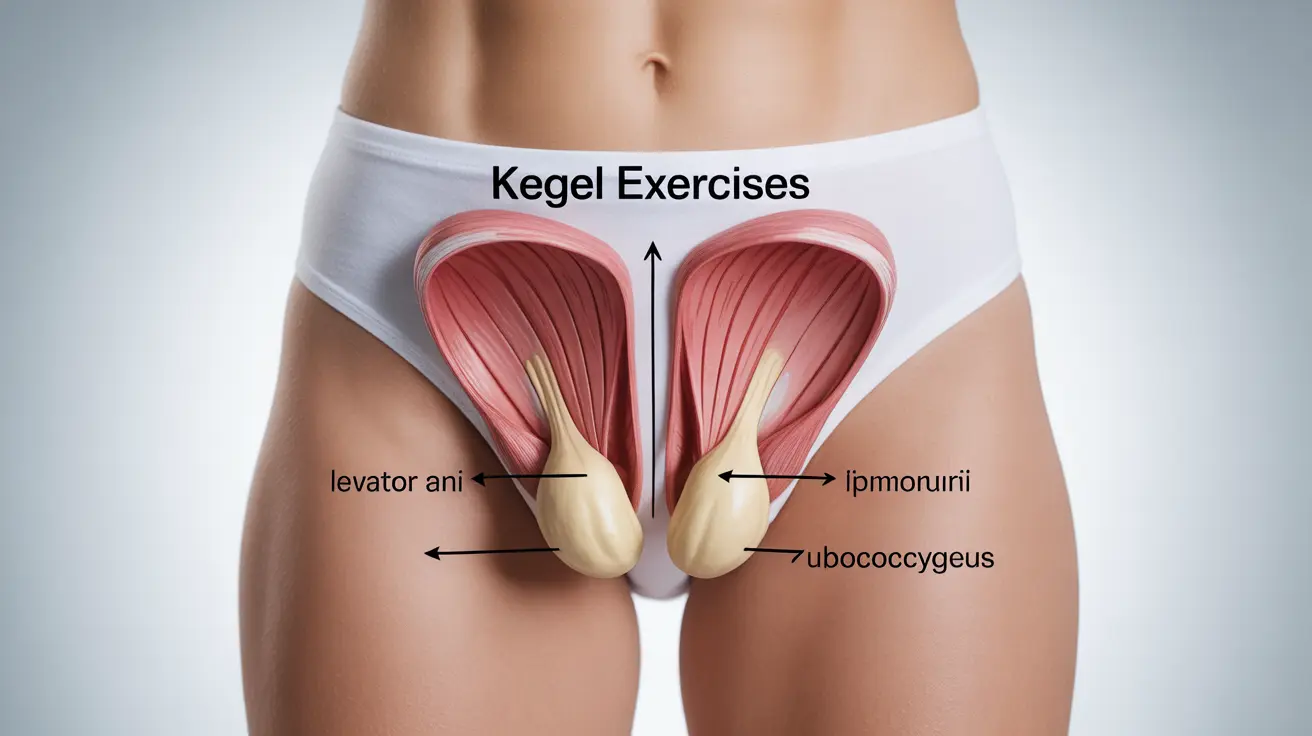Living with overactive bladder (OAB) can significantly impact your quality of life, but there's a simple yet effective exercise that can help manage symptoms. Kegel exercises, which strengthen the pelvic floor muscles, have proven to be a valuable tool in controlling bladder function and reducing OAB symptoms.
In this comprehensive guide, we'll explore how Kegel exercises can help manage overactive bladder, proper technique, and what to expect from your pelvic floor exercise routine.
Understanding Pelvic Floor Muscles and Their Role in Bladder Control
The pelvic floor muscles form a hammock-like structure that supports your bladder and other pelvic organs. These muscles play a crucial role in controlling urination and maintaining bladder function. When these muscles weaken, it can lead to or worsen overactive bladder symptoms.
Benefits of Kegel Exercises for Overactive Bladder
Regular Kegel exercises can provide several important benefits for people with overactive bladder:
- Improved bladder control
- Reduced frequency of urgent bathroom visits
- Better control during sudden urges
- Decreased episodes of incontinence
- Enhanced pelvic organ support
How to Perform Kegel Exercises Correctly
Identifying the Right Muscles
The first step in performing effective Kegel exercises is identifying the correct muscles. Imagine trying to stop the flow of urine midstream – the muscles you engage are your pelvic floor muscles. However, don't regularly practice Kegels while urinating, as this can lead to incomplete bladder emptying.
Basic Kegel Exercise Technique
Follow these steps for proper Kegel exercise execution:
- Contract your pelvic floor muscles for 3-5 seconds
- Release and relax for 3-5 seconds
- Repeat this sequence 10 times
- Perform 3 sets daily
- Gradually increase hold time to 10 seconds as strength improves
Creating an Effective Exercise Routine
Consistency is key when performing Kegel exercises for overactive bladder. Start with shorter holds and fewer repetitions, then gradually increase as your muscles strengthen. Many people find it helpful to associate their Kegel exercises with daily activities, such as brushing teeth or waiting at traffic lights.
Monitoring Progress and Expectations
Keep track of your symptoms and exercise routine in a bladder diary. This can help you identify improvements and maintain motivation. While some people notice changes within a few weeks, it typically takes 8-12 weeks of consistent practice to see significant improvement in overactive bladder symptoms.
Frequently Asked Questions
How do Kegel exercises help reduce symptoms of overactive bladder?
Kegel exercises strengthen the pelvic floor muscles that support the bladder and help control urination. Stronger muscles provide better control over sudden urges and can reduce frequency and urgency of bathroom visits.
What is the correct way to perform Kegel exercises for improving bladder control?
To perform Kegel exercises correctly, identify your pelvic floor muscles, contract them for 3-5 seconds, then release for 3-5 seconds. Repeat this 10 times, three times daily. Avoid holding your breath or tensing other muscles during the exercise.
Can both men and women benefit from Kegel exercises for overactive bladder?
Yes, Kegel exercises are beneficial for both men and women with overactive bladder. While the anatomy differs, the basic principle of strengthening pelvic floor muscles applies to everyone.
How long does it take to see improvement in overactive bladder symptoms from Kegel exercises?
Most people begin to notice improvements in their overactive bladder symptoms after 8-12 weeks of consistent Kegel exercises. However, some may experience benefits sooner, while others might need more time.
Are there any precautions or risks when doing Kegel exercises for overactive bladder?
While Kegel exercises are generally safe, avoid performing them while urinating as this can lead to incomplete bladder emptying. If you experience pain or discomfort, or if you're unsure about proper technique, consult a healthcare provider or pelvic floor specialist.
Remember, managing overactive bladder is a journey that requires patience and consistency. Combine regular Kegel exercises with other lifestyle modifications for the best results in controlling your symptoms.




